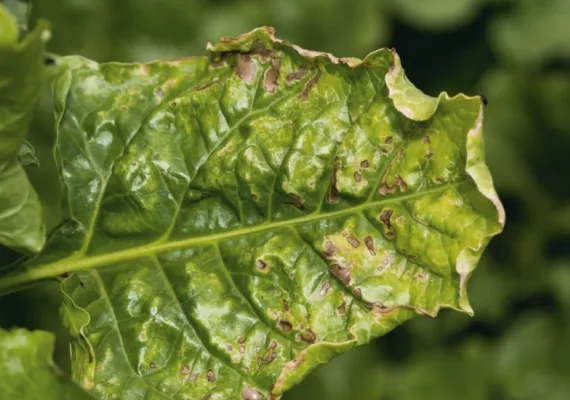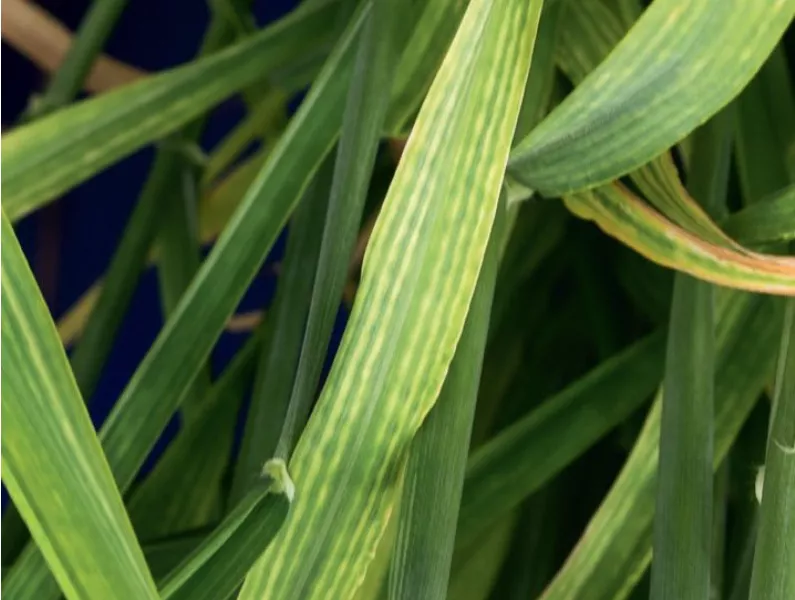
Soils in Poland are deficient in magnesium, as indicated by over 60% of soils falling into the low fertility class. For the full utilization of crop potential and achieving the intended quality of our yield, we must maintain the content of this element at least at a moderate level.
Spring deficiencies of calcium and magnesium can be supplemented by applying appropriate doses of innovative calcium-magnesium fertilizer called Super Mag, which is produced from a micronized magnesium meal containing valuable macro and micronutrients (B, Zn, Mn, Mo, Fe, Cu).
Occurrence of Mg in the plant:
50% of total magnesium is found in leaves,
20% in seeds, 4% in roots
Physiological function:
component of chlorophyll, oxalates (vacuole), phytin, pectinates (middle lamella), an activator of many enzymes, mainly those transferring phosphate residues (key role in ATP production during photosynthesis and respiration), prolongs the biological activity of chloroplasts, stabilizes ribosome structure.
Magnesium deficiency causes:
- reduced plant resistance to diseases
- lower yields
- degradation of crop quality
- lower protein, fat, and sugar content
The most effective and inexpensive way to fertilize with magnesium is to use magnesium lime. This treatment raises the soil pH, so it should be treated as prophylactic liming.
Magnesium is a deficient element in most lighter soils. It is a component easily leached into deeper layers of the soil profile. Therefore, its regular application is very important.
Generally, the lighter and more acidic the soil, the faster magnesium leaching occurs. Magnesium is easily leached even in heavier soils.
Magnesium deficiency sometimes affects only plants in the early stages of development, when they have a small and shallow root system. After deeper rooting, the deficiency subsides. On lighter soils deficient in magnesium, in hilly areas, intensive cultivation of all plants practically requires annual use of easily assimilated magnesium SUPER MAG, which contains MgCO3 42%, and CaCO3 55%..
Plants sensitive to magnesium deficiency include all cruciferous plants, including rapeseed, as well as beets, corn, legumes, potatoes, and many vegetables: peppers, tomatoes, cucumbers, pumpkins, lettuce, and root vegetables.
The presence of leguminous plants in green land and the longevity of perennial legume plantations (e.g., alfalfa) significantly depend on soil magnesium content.
Magnesium transport in the plant mainly occurs through the xylem (wood). It is a mobile component in the plant – in case of deficiencies, it moves from older organs to younger ones. Therefore, deficiency symptoms are first visible in older organs, from which the nutrient moves to younger ones. After exhausting the reserves, symptoms appear on younger parts of the plant.
- Wilting of plant (disturbance of plant water management).
- Beaded chlorosis along the leaves of cereals.
- Necrotic, streaky spots on cereal leaves.
- Drying of older leaves.
- Marbled chlorotic spots between the veins of older leaves of dicotyledonous plants.
- Symptoms of deficiencies are more pronounced during prolonged rainy weather due to the leaching of magnesium from the soil (especially in very light soils).







